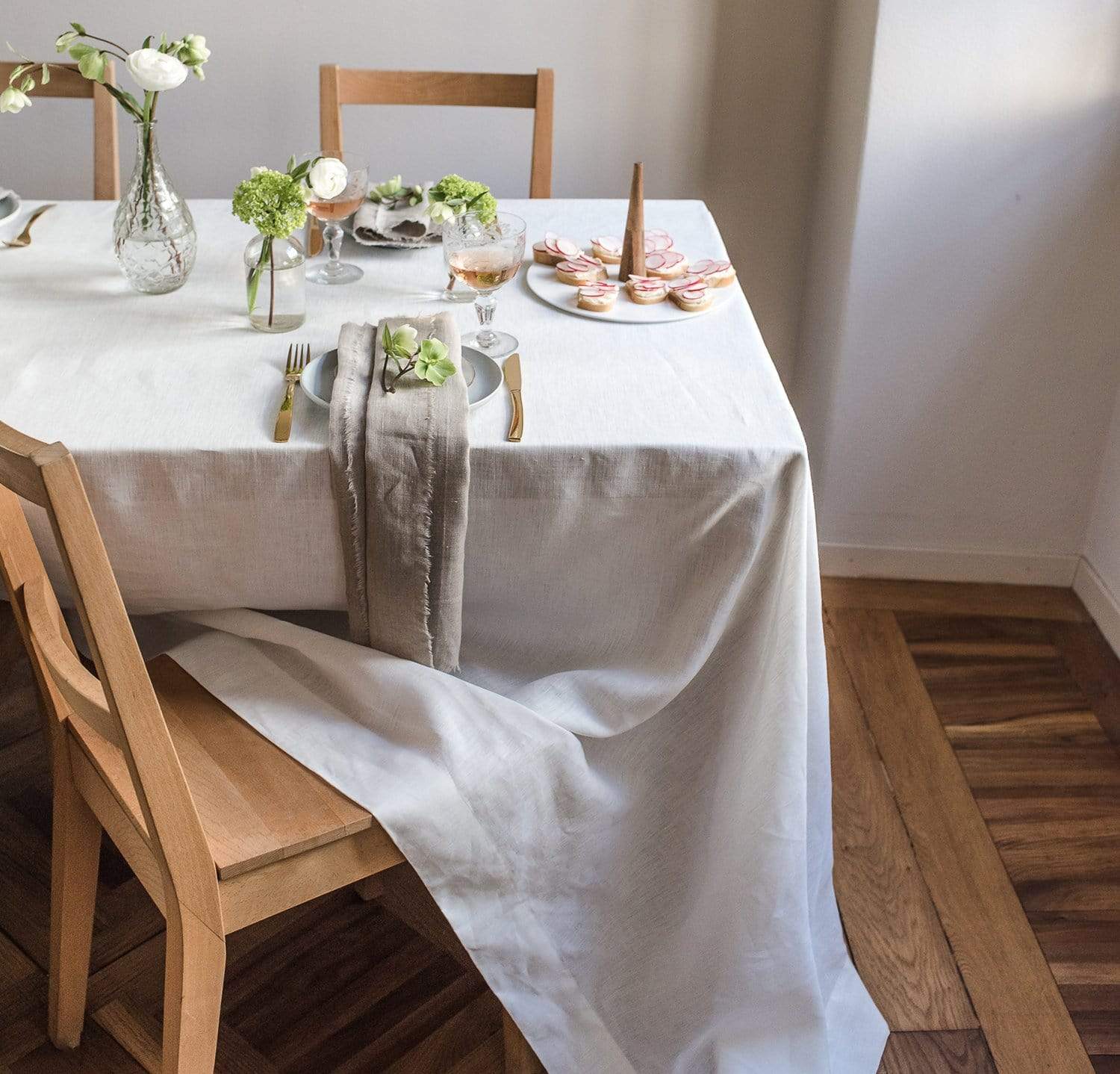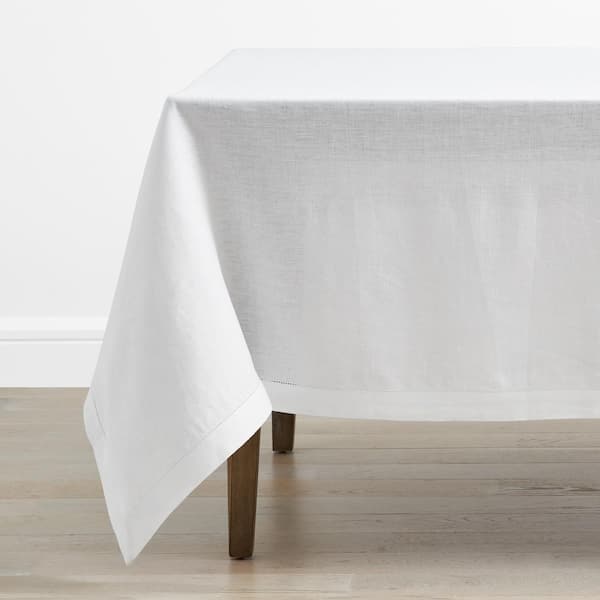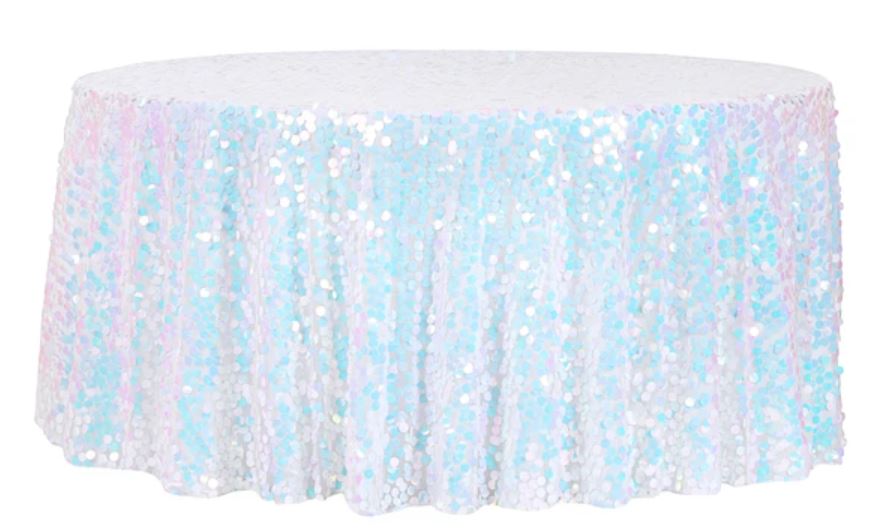Creative Table Runner Uses: Beyond the Table
Creative Table Runner Uses: Beyond the Table
Blog Article
Linen Fabric Innovations: Discovering Modern Trends and Creative Applications in Layout and Fabric Industry
From sustainable production approaches to cutting-edge weaving technologies, the evolution of bed linen is improving the landscape of the fabric market. As we dig into the realms of creative design applications and the development of linen blends and hybrid fabrics, a new chapter unfolds in which linen's role in future textile innovations takes center phase.
Lasting Practices in Linen Production
Sustainable methods in bed linen production have actually ended up being significantly critical in the fabric industry's initiatives to minimize environmental impact and promote honest sourcing techniques. Linen, a natural fiber acquired from the flax plant, offers a variety of benefits such as breathability, biodegradability, and resilience. Nevertheless, traditional approaches of bed linen production can entail substantial water intake, chemical usage, and energy-intensive processes.
To deal with these obstacles, lots of textile manufacturers are adopting lasting methods throughout the linen manufacturing procedure. This consists of sourcing flax from organic farms that avoid damaging pesticides and chemicals, implementing water-efficient retting strategies to extract fibers from the flax stalks, and utilizing environment-friendly dyes and surfaces. Furthermore, some business are purchasing renewable resource sources to power their production facilities and minimizing waste with recycling and upcycling efforts.
Technological Developments in Linen Weaving
With the growing focus on lasting techniques in linen production, the fabric market is now witnessing a surge in technical improvements especially focused on transforming the art of linen weaving. These advancements are improving the way linen textiles are created, providing increased effectiveness, high quality, and creativity in weaving strategies.
One of the essential technical improvements in linen weaving is the assimilation of computerized looms. These innovative looms are outfitted with software program that permits complicated and elaborate styles to be woven with precision. By digitizing the weaving process, manufacturers can achieve better uniformity and precision in their bed linen materials.
Moreover, advancements in thread spinning modern technology have enabled the manufacturing of finer and more durable linen yarns - table cloths. This leads to softer and smoother bed linen fabrics that retain their high quality also after multiple uses and cleans
Additionally, the growth of green dyeing processes and coatings for bed linen fabrics is acquiring grip. These lasting techniques not only lower the ecological influence but also provide to the boosting customer demand for fairly created fabrics.
Creative Style Applications for Bed Linen
Innovative artistic approaches are increasingly shaping the innovative layout applications for bed linen in the fabric industry. Bed linen's natural aesthetic allure and capacity to blend with various other textiles make it a preferred option for creating one-of-a-kind garments and accessories that provide to the ecologically aware consumer.
Moreover, designers are trying out bed linen in home decor, utilizing its resilient and breathable nature to craft fashionable home furnishings such as curtains, bed linens, and upholstery. The texture and drape of bed linen bring a sense of refinement and comfort to indoor spaces, including a touch of style to modern homes.

Linen Blends and Hybrid Fabrics

Hybrid textiles, on the other hand, take the idea of blending a step better by integrating added aspects such as metal threads, recycled materials, or conductive fibers. These cutting-edge textiles not just broaden the design opportunities however also present practical aspects like conductivity, antimicrobial residential or commercial properties, or enhanced longevity. Crossbreed materials are progressively being utilized in numerous markets, including style, interior decoration, and technological fabrics, where the demand for multifunctional materials is on the increase.
Bed linen's Function in Future Textile Innovations

In the world of future textile developments, bed linen is expected to be a principal in the advancement of innovative practical textiles. Researchers and developers are discovering ways to boost linen's intrinsic top qualities through technical innovations, such as integrating smart textiles, nanotechnology, and efficiency finishes. These advancements intend to boost bed linen's efficiency attributes, making it suitable for a wider series of applications, from activewear to safety apparel.
Furthermore, the mix of linen with various other natural or synthetic fibers opens up limitless opportunities for developing unique fabrics with unique residential or commercial properties and functionalities. By leveraging bed linen's characteristics and discovering ingenious blends, the fabric market is positioned to introduce amazing advancements that accommodate progressing customer requirements and sustainability needs.
Final Thought
Finally, the exploration of lasting practices, technical advancements, imaginative design applications, bed linen blends, and its role in future fabric innovations highlight the constant evolution of bed linen fabric in the contemporary design and textile sector. With a concentrate on development and creativity, the versatility and green nature of bed linen make it an important material for developers and producers alike, leading the method for further growths and developments in the field of textiles.
As we delve right into the worlds of creative layout applications and the development of bed linen top article blends and hybrid textiles, a new phase unravels in which bed linen's function in future fabric developments takes center phase.
Checking out the fusion of linen with various other fabrics has led to the development of innovative blends and hybrid textiles in the modern fabric sector. Bed linen blends offer a distinct combination of the qualities of linen with those of various other fibers, resulting in materials that possess improved properties such as boosted sturdiness, enhanced draping, and minimized wrinkling.The advancement of linen blends and hybrid materials has actually set the stage for Bed linen to play a crucial duty in driving future fabric innovations.In the realm of future textile innovations, linen is expected to be a key gamer in the development of advanced functional materials.
Report this page